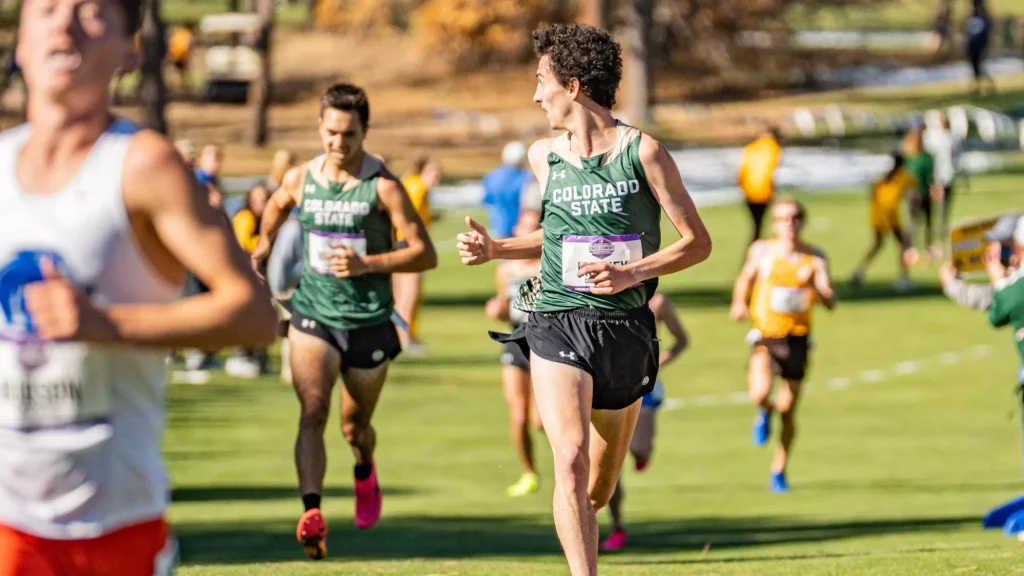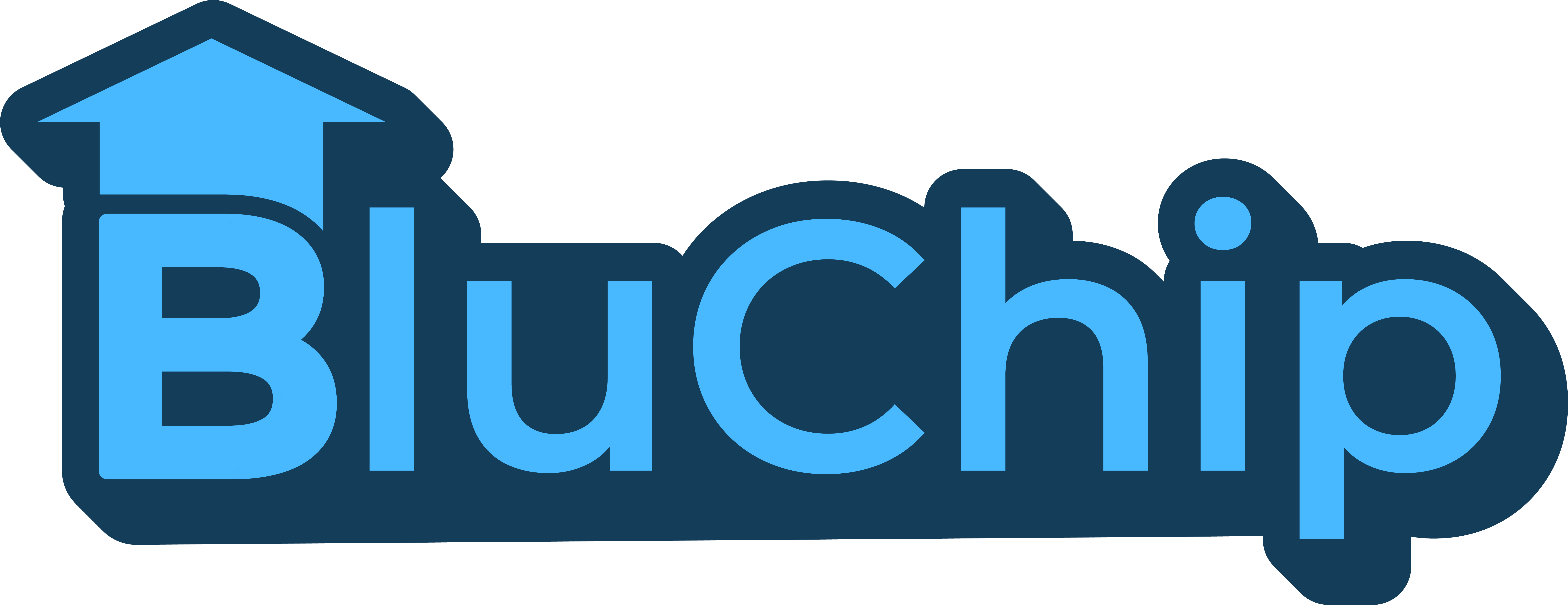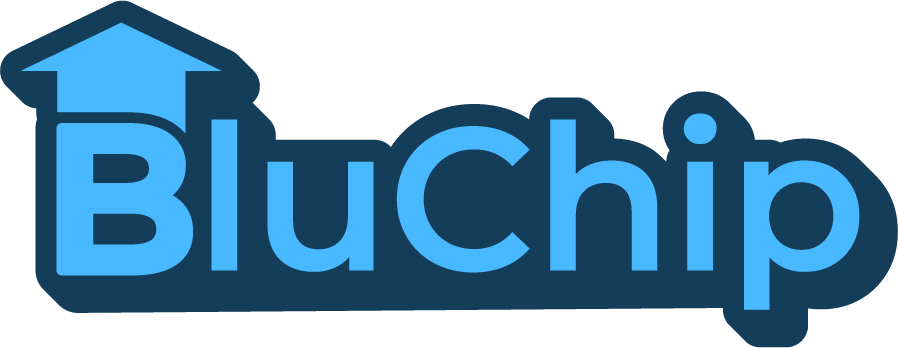Why Student-Athletes Face a Career Disadvantage

Student-athletes often enter the workforce at a disadvantage despite developing valuable skills through their sport. The intense demands of college athletics often prevent them from fully engaging in crucial career preparation activities, creating a gap between their potential and their professional readiness.1
This article explores the various factors contributing to this challenge and suggests ways to better support student-athletes as they transition from the field to a career.
The Problem: Time and Experience Constraints
The primary hurdle for student-athletes is a profound lack of time, which restricts their access to key career-building opportunities:2
- Rigid Time Constraints: Student-athletes spend a significant amount of time on their sport—the NCAA estimates up to 20 hours per week, not including travel and additional practice. This overwhelming schedule leaves little to no flexibility for internships, part-time jobs, or other activities essential for gaining practical experience and building a professional network.
- Limited Work Experience: Internships are a cornerstone of career preparation, with a study by the National Association of Colleges and Employers (NACE) finding that 60% of students who completed them received a job offer upon graduation. Because athletic demands often rule out these opportunities, student-athletes may lack the hands-on skills and professional connections needed to secure employment immediately after graduation.
- Skills Gap: While athletes excel at soft skills like leadership, discipline, and teamwork, they may fall behind in the technical skills demanded by the modern job market. Proficiency in software, data analysis, or other industry-specific competencies are often developed through the internships and academic projects that student-athletes often miss.3
Other Contributing Factors
Beyond time and experience, several other systemic factors contribute to this professional readiness gap:
- Networking Limitations: Job hunting and career advancement heavily rely on professional networking.4 However, job fairs, professional organizations, and other networking events typically fall outside the demanding athletic schedule. A LinkedIn survey found that 85% of jobs are filled through networking, meaning limited engagement can severely restrict job opportunities and access to mentorship.
- Career Services Shortcomings: University career services, which provide resources like resume building and interview prep, are often not tailored to the unique schedules of student-athletes. This lack of flexible, personalized support means athletes cannot always utilize the resources available to their non-athlete peers.
- Unrealistic Expectations: Many student-athletes maintain a singular focus on achieving professional athletic success, often at the expense of serious academic or career preparation. With less than 2% of NCAA athletes moving on to play professionally, the majority must transition into traditional careers without adequate planning.5
- The Impact of NIL and the Transfer Portal: The advent of Name, Image, and Likeness (NIL) deals, while providing financial opportunities, also requires time and effort to manage, potentially pulling focus away from academic and career planning.6 Similarly, transferring schools through the portal can disrupt academic progress and long-term career planning.
Bridging the Gap
To ensure student-athletes can translate their undeniable skills into professional success, a multi-faceted approach is required:
- Tailored University Support: Universities must provide career services designed specifically for athletes, including flexible scheduling, virtual support, and personalized career guidance.7
- Accommodating Opportunities: Employers should partner with universities to create part-time or seasonal internship opportunities that fit around athletic training and competition schedules.
- Mentorship Programs: Connecting student-athletes with successful professionals in their desired fields can provide essential guidance and open up crucial networking channels.8
College student-athletes possess a powerful skillset valued in the workforce.9 By implementing targeted support and offering flexible opportunities, institutions and employers can help them transition successfully from sports to professional careers, ensuring they are just as prepared as any other graduate.

